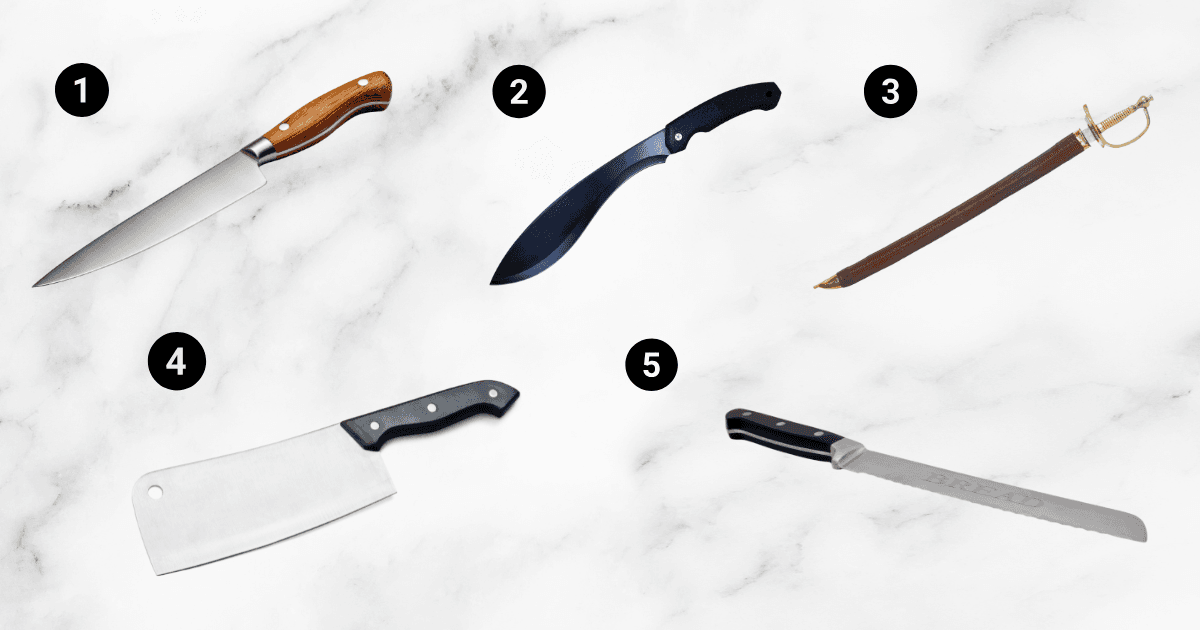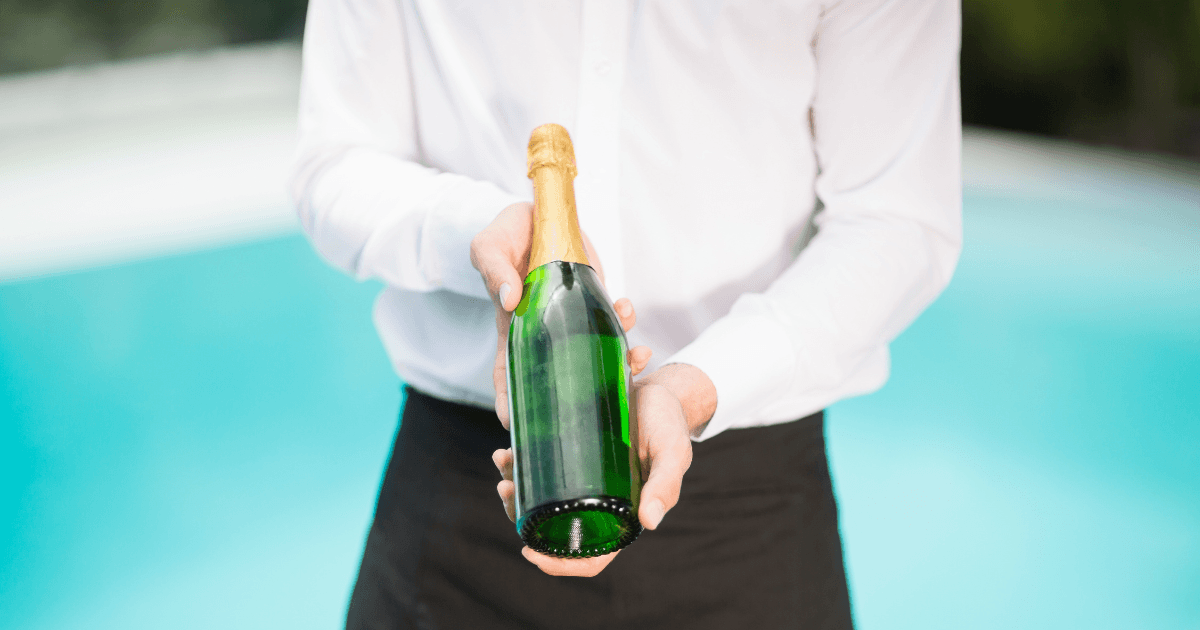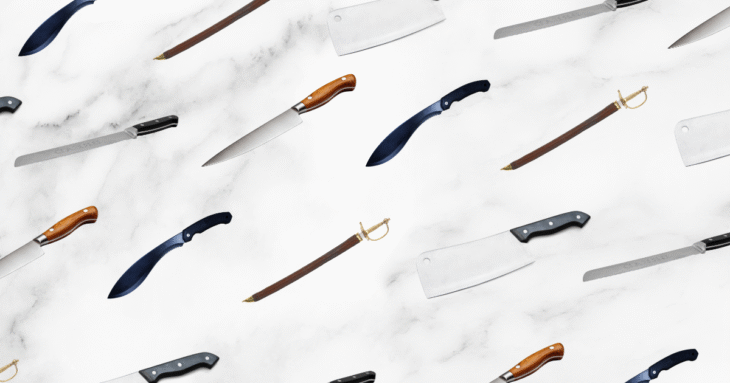Champagne Saber Alternatives: Can You Saber with Other Blades?
There’s something magnetic about the moment a champagne cork flies through the air, the crowd cheers, and the glass bottle glimmers in the light. Sabrage isn’t just a party trick. It’s an expression of elegance and confidence, a way of celebrating with intention. But what happens when you don’t have a champagne saber at hand? Can you really use another blade to open your bottle with the same flourish and precision?
The short answer is yes, you can saber with other blades, but not all are created equal. Before you grab your kitchen knife or machete, it’s important to understand how the physics of sabrage work, what makes a blade safe, and where creativity ends and recklessness begins.
Key Takeaways
- Sabrage works best with blunt, balanced blades: weight and control matter far more than sharpness when opening champagne safely.
- Using makeshift tools raises safety risks: thin or flexible blades can crack the bottle and send glass shards flying.
- Proper chilling is crucial: cooling champagne to about 45°F keeps pressure stable and allows for a clean, precise break.
- A genuine champagne saber ensures control and consistency: it’s designed for the perfect impact angle and balanced motion.
- Always respect the ritual of sabrage: aim away from people, stay alert, and saber only traditional-method sparkling wines.
Can You Saber Champagne with Other Blades?
You can saber with other blades, but only if the tool has the right characteristics. The most crucial elements are material strength, a blunt edge, and good weight distribution. These three factors allow the blade to deliver enough force to break the bottle’s lip cleanly, without cracking it or sending shards flying. It’s about power and control, not sharpness. That’s why even a heavy kitchen knife can work in a pinch, if you know what you’re doing.
Risks of Using Improper Blades
Not all blades are suitable for sabrage. Using an unsuitable tool can lead to cracked bottles, injuries, and wasted champagne. Thin or flexible blades can’t distribute pressure evenly, causing the glass to splinter instead of breaking along its seam. The carbonation inside the bottle builds significant internal pressure, and striking it incorrectly can send glass shards outward with surprising force. A beautiful ritual can turn into a dangerous mess if you underestimate the precision it requires.
The Best Champagne Saber Alternatives

If you’re curious about experimenting, here are the most common champagne saber alternatives, ranked by practicality, safety, and success rate. Each one brings its own quirks, but they all follow the same core principle: control the motion, respect the bottle, and never forget the element of safety.
1. Chef’s Knife (Stainless Steel, Heavy Handle)
A chef’s knife is one of the most common stand-ins for a champagne saber. It’s well-balanced, sturdy, and easy to handle. The trick is to use the blunt spine, not the sharp edge- to strike the bottle’s seam. A well-chilled bottle (around 45°F) is essential to minimize pressure buildup. While it works, a chef’s knife lacks the dramatic presence of a saber and isn’t recommended for formal occasions. Still, for an impromptu toast among friends, it can deliver a surprisingly clean strike.
2. Machete or Hunting Knife
Outdoor enthusiasts often test sabrage using a machete or hunting knife. The solid, heavy blade mimics the feel of a saber, but the same rules apply: use the blunt edge, not the sharp side. Because machetes are built for impact, they can create an effective strike, but be cautious of uneven weight distribution or overly sharp edges that can chip the glass. A steady, controlled motion along the seam is key to success.
3. Replica or Decorative Sword
If you’re looking for flair, a decorative sword can offer that show-stopping moment. However, not all replicas are built to withstand impact. Many decorative swords use cheaper metals or hollow construction that can bend or snap. Always inspect the blade before using it, and make sure it’s made of solid stainless steel. When used correctly, it’s a great theatrical choice for events or celebrations that call for visual drama.
4. Large Cleaver
A large, well-balanced cleaver can be surprisingly effective. Its flat, heavy surface provides the blunt impact needed for a clean break. Because of its weight, you’ll want to grip it firmly and follow through smoothly without excessive force. It’s a solid choice for those who prefer something reliable and simple, although, like the chef’s knife, it’s more functional than elegant.
5. Kitchen Spatula or Back of a Bread Knife (For Fun Experiments)
While not designed for sabrage, these tools can help you understand the mechanics of the strike. Using the flat, blunt side of a bread knife or even a metal spatula can demonstrate how pressure and motion cause the cork to release. However, these are purely for controlled experiments, not celebrations. Always wear protective gloves and eyewear if you’re testing alternative tools.
What You Should Never Use to Saber Champagne
Sharp Knives and Thin Blades
Sharpness is the enemy of clean sabrage. Thin or pointed blades slice into the glass instead of glancing off the seam, which can cause cracks or shattering. The goal is to apply blunt force at the weak point, not cut into it.
Glass, Ceramic, or Weak Metal Tools
Glass or ceramic objects might look sturdy, but they lack the density and structural strength required for sabrage. Even weak metal utensils can bend or deform, creating unpredictable results. Always stick with durable, solid stainless steel when attempting sabrage.
What Bottles You Should Never Saber
Champagne bottles are designed to handle immense pressure, whereas many other sparkling wines are not. Attempting sabrage on Prosecco or Cava can lead to dangerous results because their bottles are thinner and less reinforced. Stick to traditional-method sparkling wines when performing sabrage.
Step-by-Step Guide to Safe Sabrage (With or Without a Saber)

1. Chill the Bottle Thoroughly
Temperature is everything. A bottle that’s too warm can build excess pressure, increasing the risk of a messy or unsafe break. Cooling it to around 45°F ensures both safety and precision. The glass becomes more brittle, and the carbonation remains stable.
2. Remove Foil and Wire Cage
Peel away the foil carefully, then untwist the wire cage while keeping your thumb securely over the cork. This prevents the cork from popping unexpectedly under pressure.
3. Locate the Seam and Neck Lip
Every champagne bottle has two seams that run vertically along its sides. The point where the seam meets the lip of the bottle’s neck is the weakest spot. That’s your target. Run your finger along it to familiarize yourself with the area before striking.
4. Angle and Strike with Confidence
Hold the bottle at a 30–45-degree angle, pointing away from yourself and others. Glide the blunt side of your blade along the seam and follow through at the lip with firm, fluid motion. Hesitation can cause uneven strikes, so commit fully to the motion.
5. Serve and Celebrate Responsibly
Once the top breaks cleanly, pour gently to minimize foam and savor the moment. Discard the broken neck carefully and enjoy the crisp sound of celebration done right.
Comparing Results: Saber vs. Alternatives
| Comparison Category | Champagne Saber | Chef’s Knife / Cleaver | Machete / Hunting Knife | Decorative Sword |
| Visual Impact | Elegant, ceremonial, and dramatic | Modest appearance, functional | Rugged and bold but less refined | Theatrical and impressive, but variable build quality |
| Balance & Weight | Perfectly tuned for controlled motion | Often too light or unevenly balanced | Heavy and powerful, may lack finesse | Depends on construction; some well balanced |
| Safety | Designed for safe pressure break | Moderate risk if angle misjudged | High risk if blade is too sharp | Moderate; depends on blade material |
| Consistency | High success rate and clean strike | Inconsistent results | Effective with practice | Good with proper steel and grip |
| Best For | Ceremonial and professional sabrage | Casual or experimental use | Outdoor celebrations | Visual displays and themed events |
Visual Impact
No kitchen knife or cleaver can match the elegance of a dedicated champagne saber. There’s something transformative about its design, the elongated blade, the polished handle, the balance that feels made for ceremony. The visual spectacle alone adds a touch of timeless class.
Practical Use
While alternatives can work, their feel and consistency often fall short. A chef’s knife or cleaver might replicate the physics, but they don’t capture the same emotional pull. The experience of sabrage is part science, part art, and a proper saber enhances both.
Safety and Success Rate
Champagne sabers are engineered specifically for this ritual. They provide the right balance between force and control, significantly reducing the risk of injury. Improvised tools can succeed, but the margin for error is higher. If you plan to make sabrage part of your celebrations, the difference in safety and precision is worth the investment.
The Best Choice for Consistent, Safe Sabrage
Why a Proper Champagne Saber is Still Worth It
A true champagne saber is crafted for harmony between power and poise. Its weight allows a smooth follow-through, while the blunt edge ensures a clean, controlled break. It’s not just about function; it’s about preserving the tradition in its most authentic form. A quality saber can last for years, becoming a keepsake that turns each celebration into a memorable ritual.
Recommended Entry-Level Sabers
For those starting their journey into sabrage, our Marble White California Champagne Saber (Édition Rutherford) is the perfect starting point. It offers a sleek, lightweight design ideal for both display and performance, delivering a satisfying strike while capturing the sophistication and balance of the art itself.
Safety Reminders
No matter which tool you use, safety should always come first. Keep the bottle cold, point it away from people, and saber only traditional-method sparkling wines. Preparation and respect for the ritual are what make sabrage both thrilling and safe.
A Celebration Worth Doing Right
Sabrage is more than a party trick; it’s an experience that connects us to centuries of celebration and craftsmanship. You can use other blades to open champagne, but the true artistry lies in doing it with grace, precision, and reverence for the ritual. Every blade tells a story, but only a proper champagne saber carries the weight of tradition in your hand.
At California Champagne Sabers, we believe that every celebration deserves a touch of ceremony. Our collection of handcrafted sabers blends balance, beauty, and heritage, helping you turn every bottle into a moment worth remembering. After all, if you’re going to celebrate, do it in style, with confidence, with care, and with the right saber in hand.
